Tags: Northern Lights
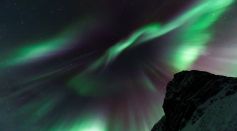
Northern Lights From Space: NASA Astronaut Captures Ethereal Green Aurora Over Earth
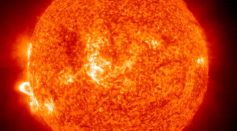
Massive Sunspot AR3697 Erupts With Powerful Solar Flares: Recent Activity Causes Strongest Radiation Storm Since 2017

Aurora Borealis Could Be Visible in the US Tonight, Thanks to Slamming of Coronal Mass Ejection Onto Earth
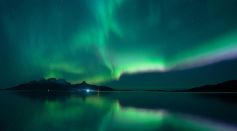
Northern Lights Expected in Some US States as Sunspot Triggers Geomagnetic Storm
Major Solar Storm Headed for Earth This Week; Powerful Eruption Could Cause 60% Chance of Radio Blackouts and Northern Light Displays
Northern Lights To Be Visible in Much of US Due to Powerful Space Weather Condition; How Can G5 Storm Trigger This Cosmic Spectacle?

Powerful Solar Storm Lights Up Skies for 2 Nights in a Row Over the Weekend Without Major Power Disruptions
What Is Abisko’s Blue Hole? Meteorological Phenomenon Helps Photographer Capture Elusive Auroras
Northern Lights Make Hissing Noise Due to Corona Discharge [Listen]

Aurora Colors: What Causes Red, Pink, Purple, Green and Yellow Northern Lights?
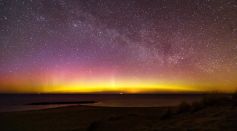
Unusual Orange Auroras Seen in Scotland After Solar Storm Smashed Into Earth
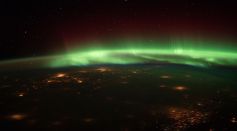
Spectacular Northern Lights Show Anticipated in Northern US, Following Sun's Magnetic Activity Surge
Solar Activity To Become Stronger As Sun Approaches Maximum Cycle; Northern Lights Will Be More Frequent in 2024
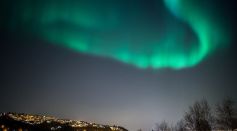
Auroras in Texas? Rare Solar Eruptions Paint Southern US Skies with Vibrant Northern Lights
Northern Lights Explained: What Causes Aurora Borealis?
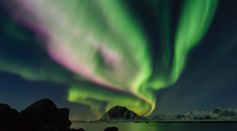
Northern Lights Extravaganza: More Aurora Displays Expected in the Next Four to Five Years
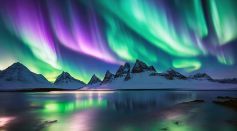
Stay Tuned: Northern Lights May Be Visible From the US on Tuesday Due to Solar Storm
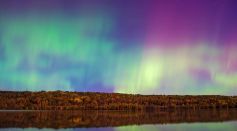
Northern Lights Forecast: Stunning Aurora Borealis Expected To Illuminate Multiple U.S. States This Week
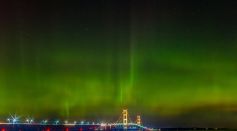
Northern Lights May Be Visible Again in Far South Just Weeks After the Last One; Here's How To Catch the Stunning Aurora This Week
Rare View of Northern Lights From Outer Space Shows Spectacular Green, Purple Ripples [Watch]
Most Popular

Persistent Coughs Are Everywhere: Here's What Experts Think Is Causing It

Ancient Hotspot Found to Have Created Great Lakes 300 Million Years Ago

Giant Predatory Amphipod Discovered Thriving 8,000 Meters Below in Extreme Deep-Sea Environment

Mysterious Structures Discovered Beneath the Pacific Ocean, Puzzle Scientists





